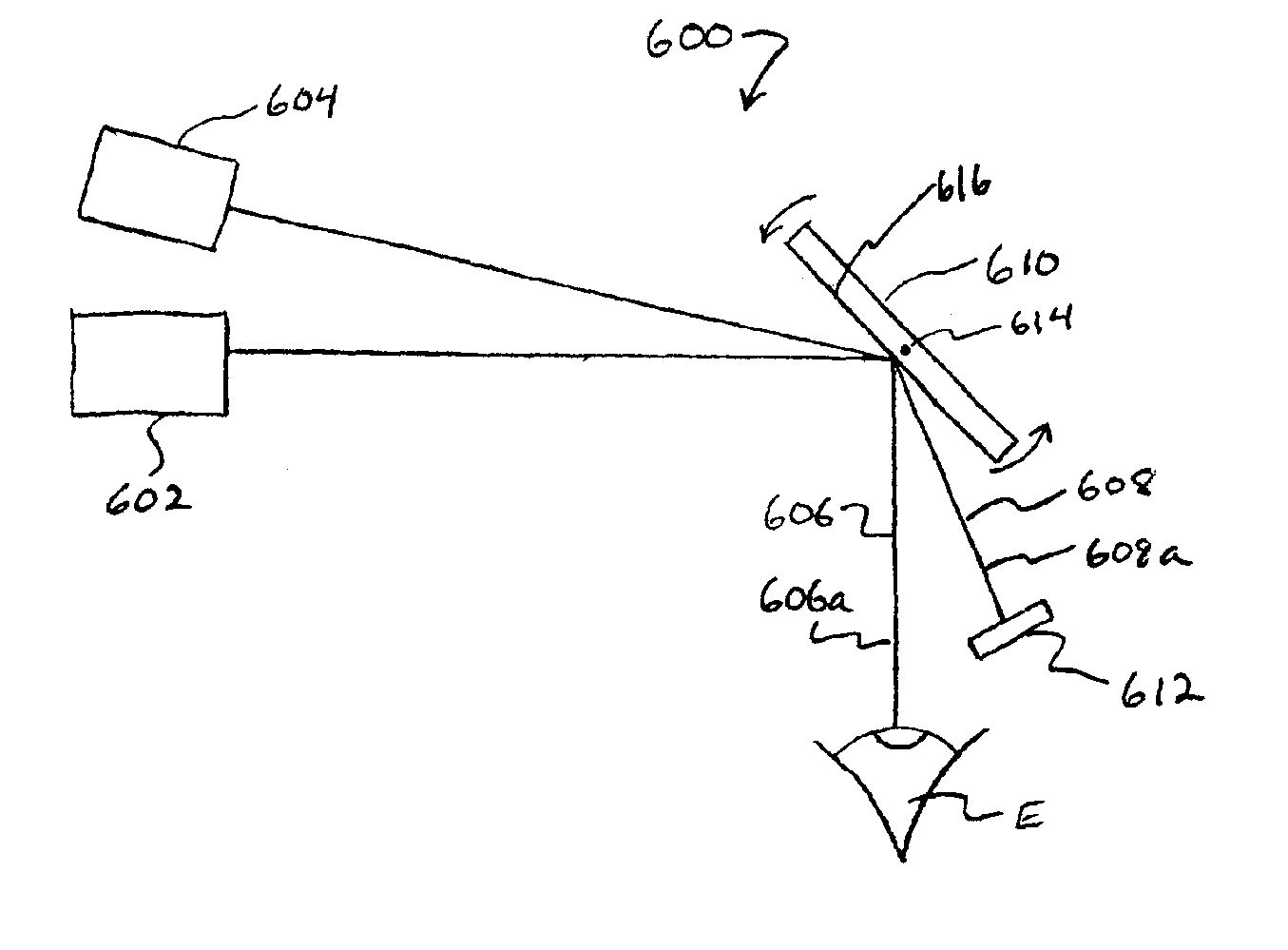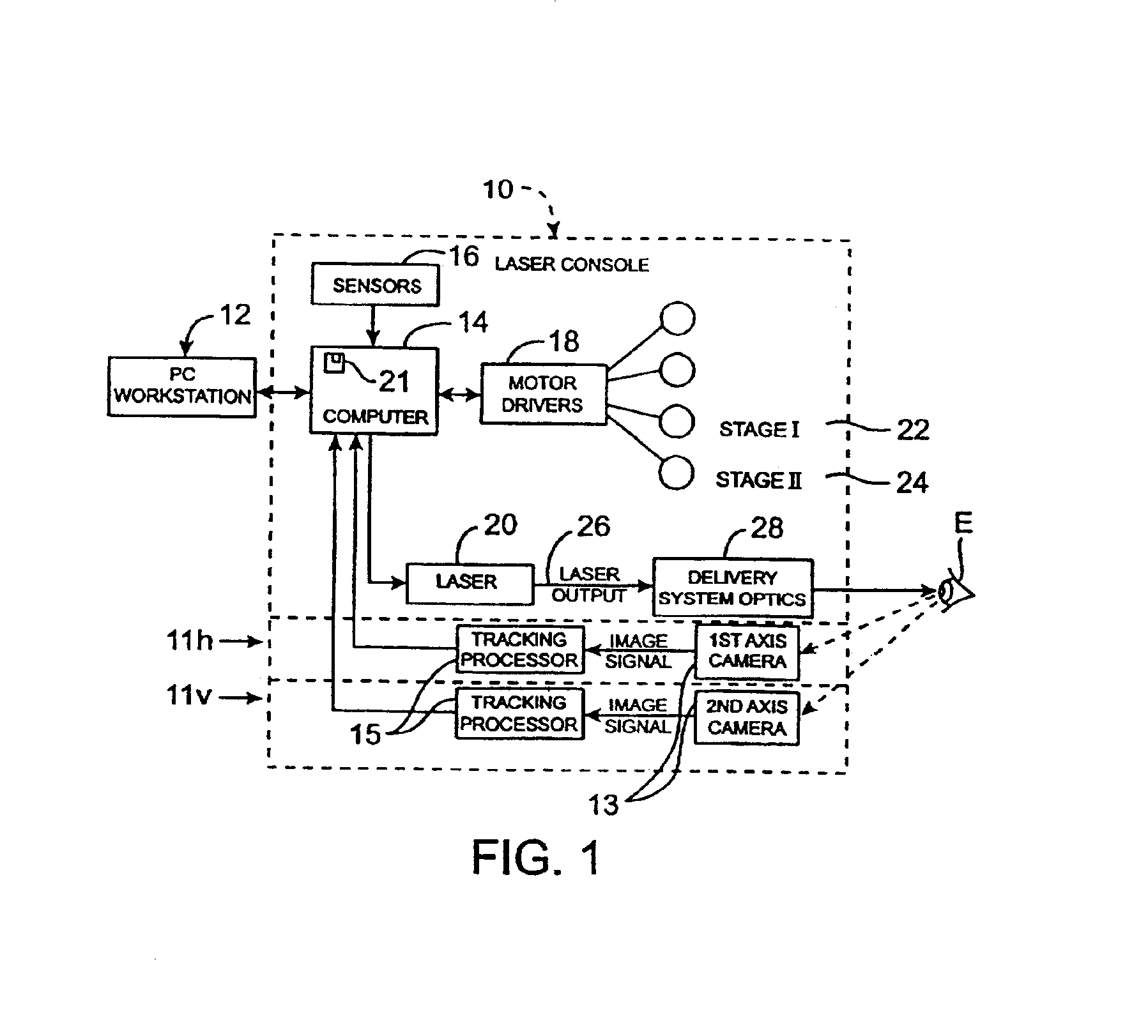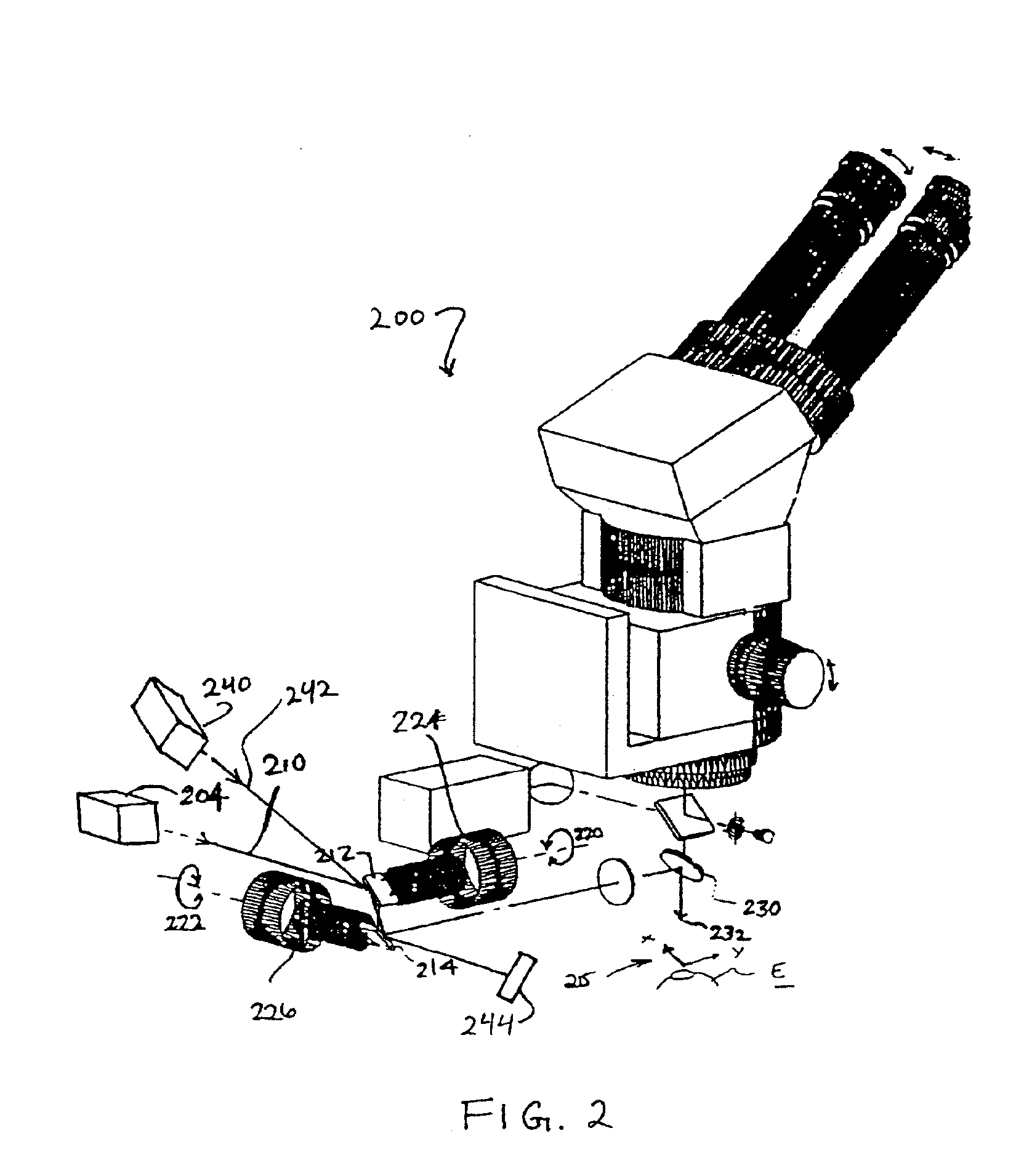Beam position monitoring for laser eye surgery
a laser eye surgery and position monitoring technology, applied in the field of laser eye surgery, can solve the problems of large laser system, complicated treatment protocols, and relatively high cost, and achieve the effect of inhibiting unwanted ablation and enhancing safety and success
- Summary
- Abstract
- Description
- Claims
- Application Information
AI Technical Summary
Benefits of technology
Problems solved by technology
Method used
Image
Examples
Embodiment Construction
The present invention provides methods, apparatus and subsystems for monitoring laser beam position in laser eye surgery systems, particularly though not exclusively in laser eye surgery systems of the scanning type. In particular, the present invention provides monitoring methods and systems for verifying laser beam position during the course of corrective surgical ablation of an eye. By verifying that the ablative laser beam has moved to a position corresponding with a predetermined position dictated by a predetermined adjustment sequence or ablation pattern, the system can verify that mechanisms used to scan or move the beam from one position to a next position are functioning properly. This monitoring function enhances safety and efficacy of the laser surgery system by enabling the system to detect malfunctions in, for example, the scanning mechanism, and to interrupt the surgical procedure when an actual laser beam position does not correspond with a corresponding position dict...
PUM
 Login to View More
Login to View More Abstract
Description
Claims
Application Information
 Login to View More
Login to View More - R&D
- Intellectual Property
- Life Sciences
- Materials
- Tech Scout
- Unparalleled Data Quality
- Higher Quality Content
- 60% Fewer Hallucinations
Browse by: Latest US Patents, China's latest patents, Technical Efficacy Thesaurus, Application Domain, Technology Topic, Popular Technical Reports.
© 2025 PatSnap. All rights reserved.Legal|Privacy policy|Modern Slavery Act Transparency Statement|Sitemap|About US| Contact US: help@patsnap.com



